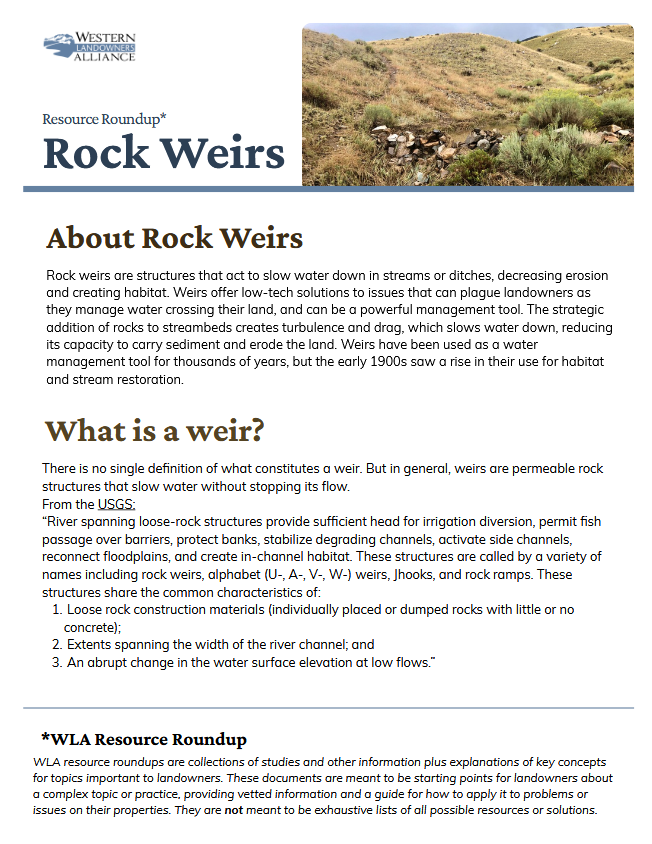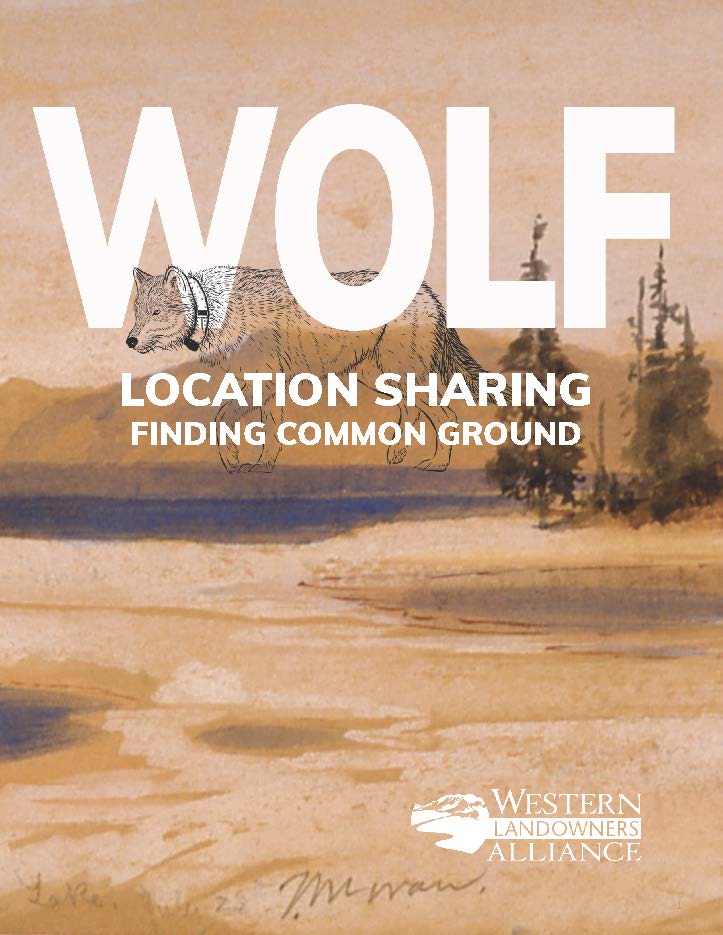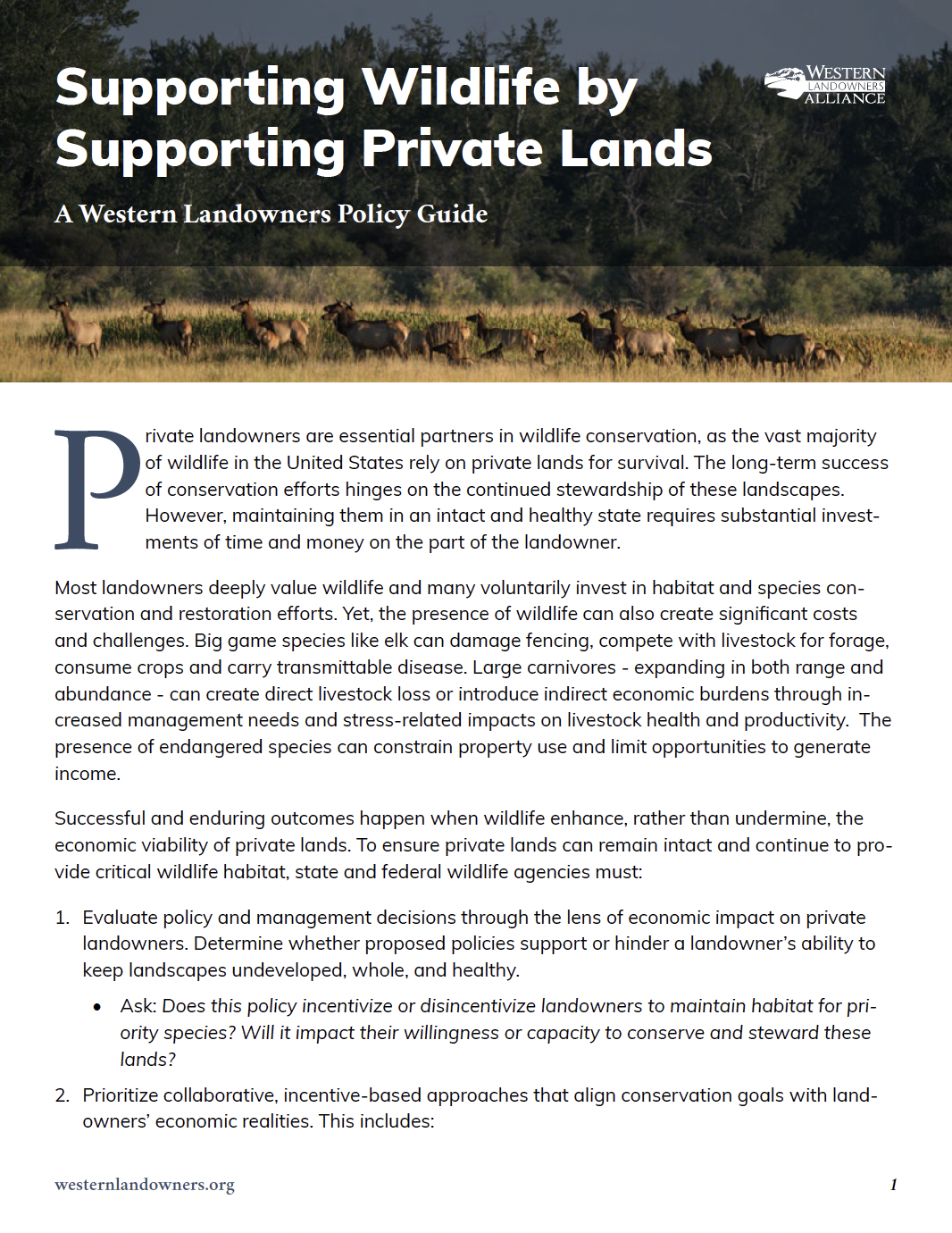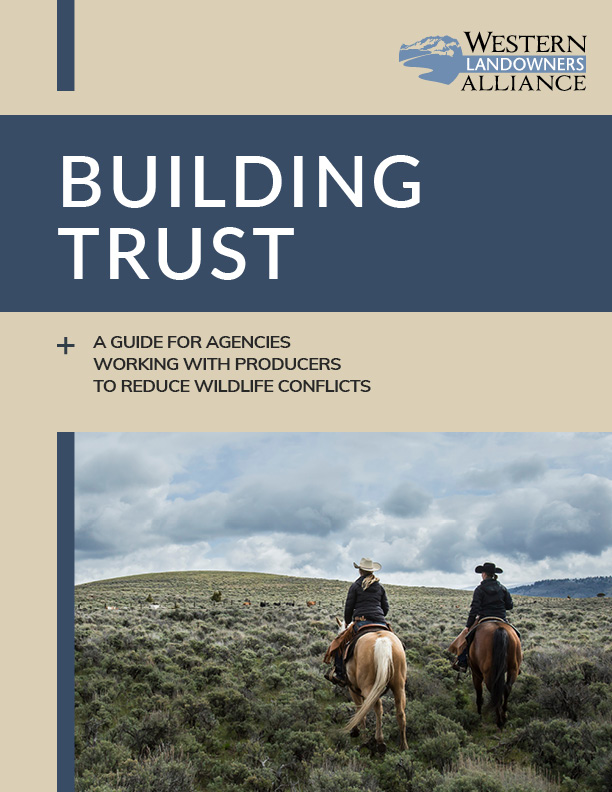Watch the full film Grizzlies and Grazing now!
Thanks to those who joined our exclusive film screening & panel discussion
Thursday, September 12th at 1pm MDT
This event was an exclusive online screening of Grizzlies and Grazing, followed by a panel conversation and Q&A featuring some of the ranchers and stewards who are at the heart of this critical conservation effort.
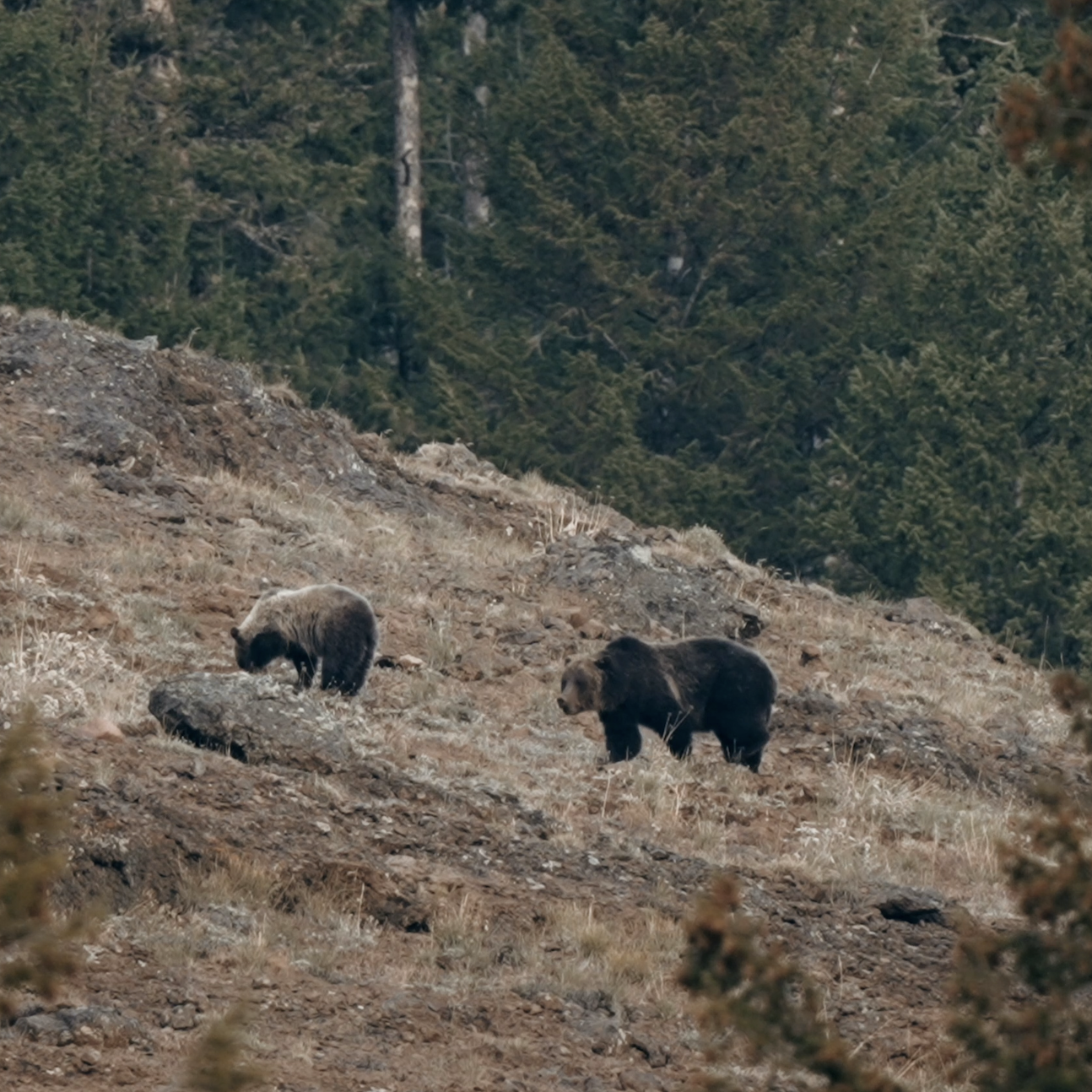
MEET THE PANELISTS
STEVE PRIMM
Steve Primm is the Montana Carnivore Conflict Reduction Manager for Heart of the Rockies Initiative. Steve has worked for 30 years with rural communities to develop, apply, and improve tools and practices for reducing conflicts between people and large carnivores.
He leverages this experience by developing policies and incentives to ensure that coexistence practices will be effectively adopted at meaningful scales. When he’s not immersed in carnivore conflict reduction, Steve may (or may not!) be found roaming Montana’s high country on foot, or training with his local Search & Rescue unit to be ready for emergencies on land or water.
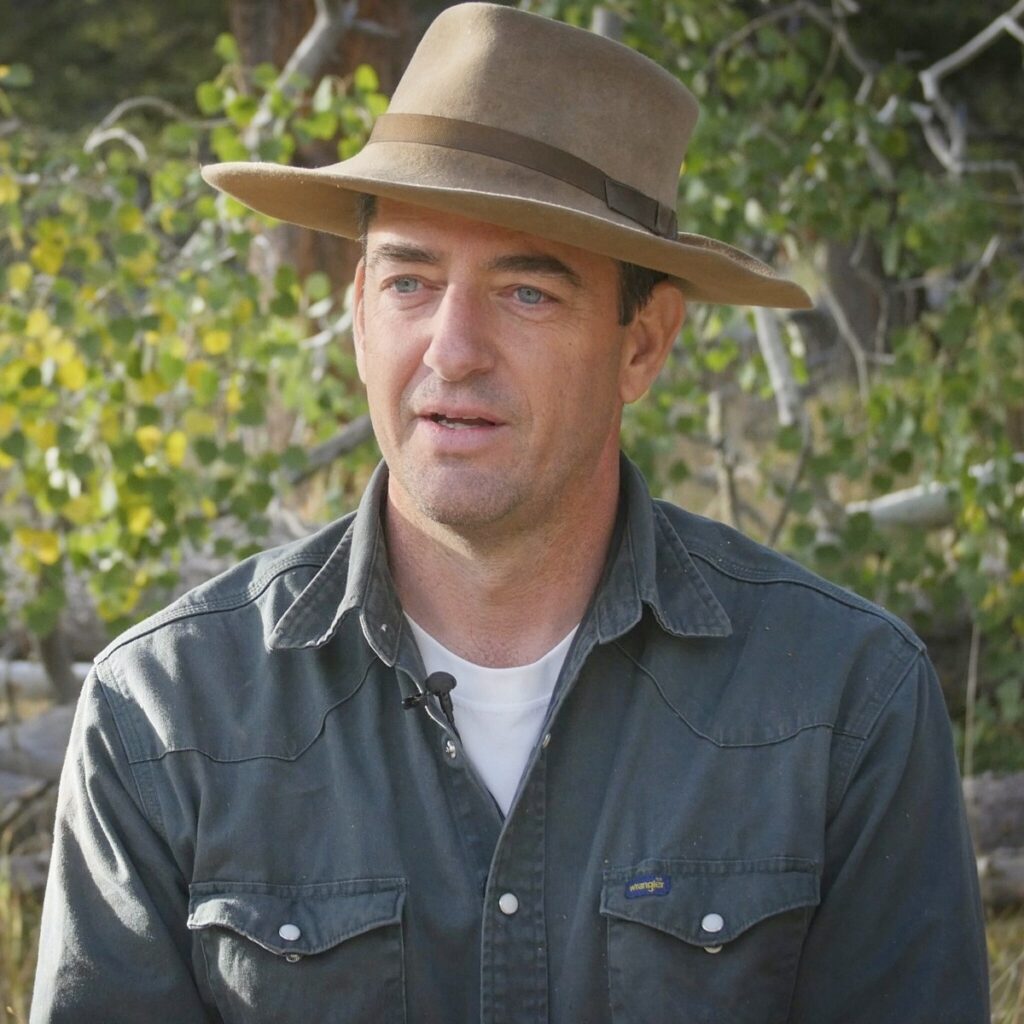
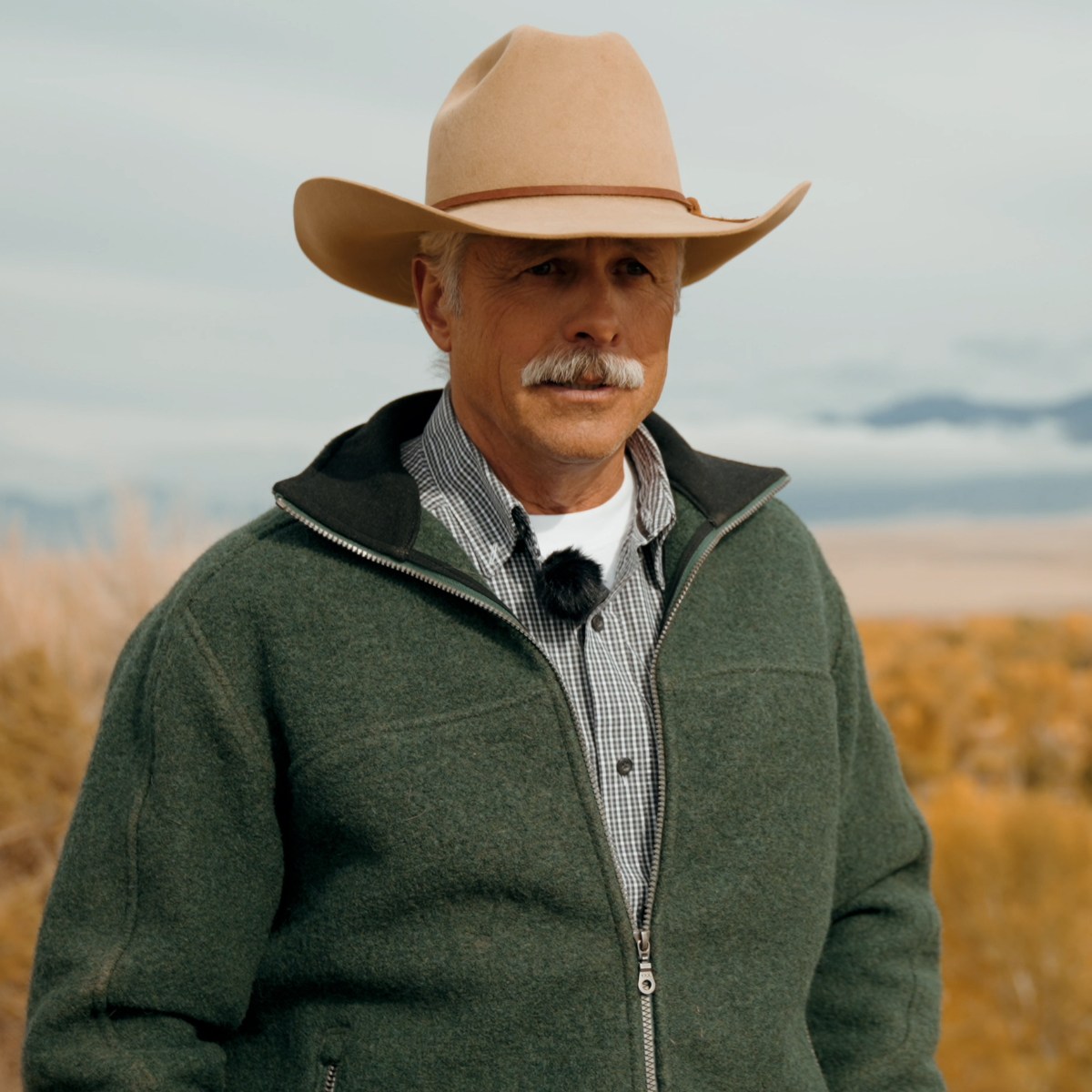
RICK SANDRU
Rick Sandru is a third-generation Montana rancher who operates his family ranch in Twin Bridges with his wife Jody and two sons Ty and Joe. He also serves as president of the Ruby Valley Stock Association, supervisor of the Ruby Valley Conservation District and is a founding member of the Ruby Valley Strategic Alliance. Rick's ultimate goal is to preserve what makes southwest Montana so unique, and ensure that his kids and grandkids can carry on his family's ranching legacy.
ERIK KALSTA
Erik Kalsta is the Working Wild Challenge program director at Western Landowners Alliance. He lives and ranches with his wife Jami on their sheep and cattle ranch along the Big Hole River in southwestern Montana. Now coming into its 5th generation, 125+ years in the same family, it is a monument to stubbornness that some might call sustainability. Erik’s love of ranching encompasses far more than cattle or sheep, it extends to the all the wildlife that inhabit or migrate through the property, and the vegetation that makes those interactions possible. He is passionate about maintaining the open spaces provided by working lands and the habitat they provide.
To support his ranching and education habit Erik spent 10 years working in commercial fisheries in Alaska. That time further informed him that he needed to be proactive to be successful in dealing with wildlife management issues, which is a big part of what he has been doing for the last 25 years.
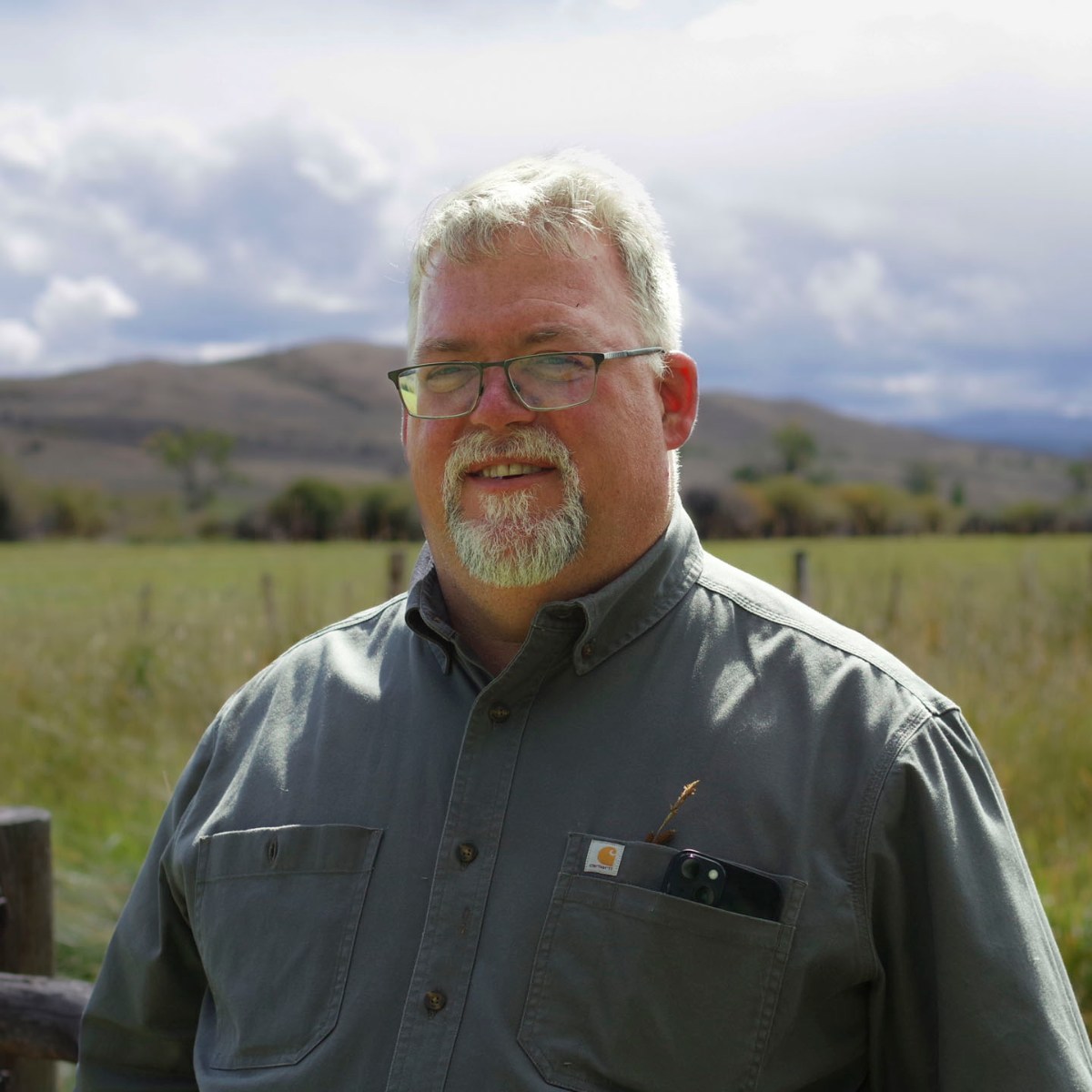

TRINA JO BRADLEY
Trina Jo Bradley is a mom, rancher, and advocate on the east slope of the Rocky Mountains near Glacier National Park. Trina, along with her husband, Peter, and daughter, Kadence, operate a cattle ranch on Birch Creek, an area heavily populated with grizzly bears and other wildlife. Trina grew up ranching on the Front, and became an advocate because she could see the need for ranchers to have a voice in state and federal policy regarding apex predators like grizzly bears and wolves. Trina is the Executive Director of the Rocky Mountain Front Ranchlands Group and the Chair of the Montana Conflict Reduction Consortium.
AMBER MASON
Amber Mason has been working for the Ruby Dell Ranch for 17 years along side her partner Andy Peterson, who has been working the summer grazing allotment for over 24 years. They live with the cattle 5 months each year in the Gravelly Range south of Alder. Amber starts and trains colts in the winter months while working for the ranch part time.
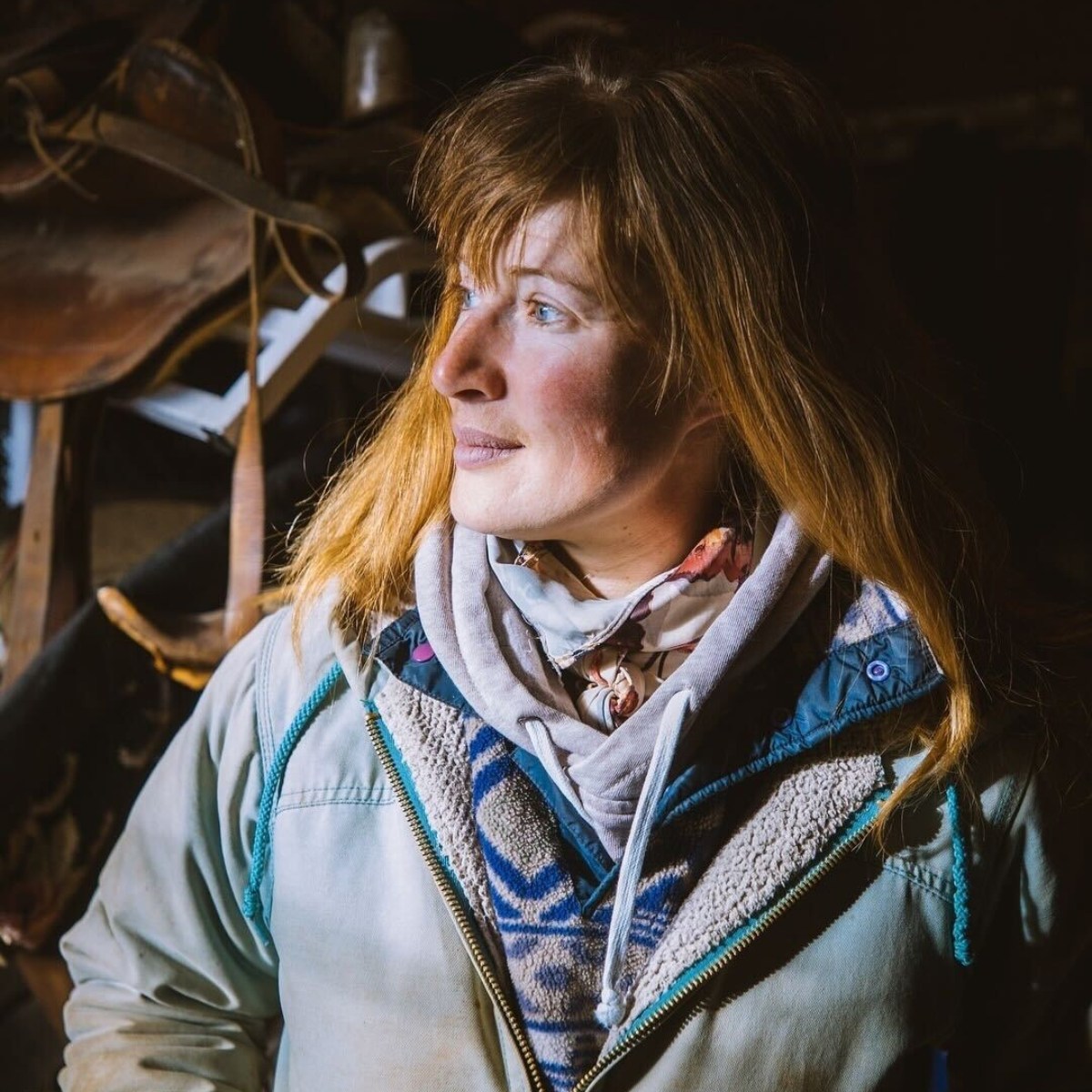
Presented by

Filmed and Edited by
Laurie Hedges
Produced by
Steve Primm, Alexa Montefiore, Brent Brock
This film is dedicated to
Brent Brock: 1962-2023
Special thanks to
The Wildlife Conservation Society
The Ruby Valley Strategic Alliance
The Centennial Valley Association
The Harder Foundation
Weeden Foundation
The Volgenau Foundation
All the participants of this film
Join WLA to stay up to date on the most important news and policy for land stewards.
Become a member for free today and we will send you the news and policy developments critical to the economic and ecological health of working lands.
WLA works on behalf of landowners and practitioners throughout the West. We will never share your contact information with anyone.
©2025 Western Landowners Alliance • PO BOX 27798, Denver, CO 80227 • 505.466.1495
Western Landowners Alliance is a 501 (c)(3) non-profit recognized by the IRS.
Tax ID: 46-1346488
